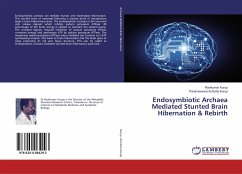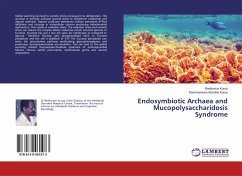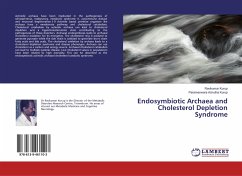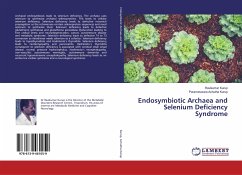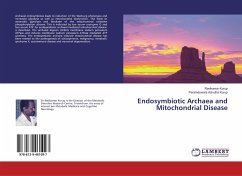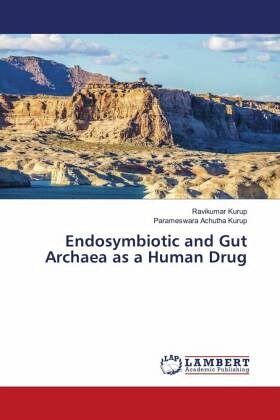
Endosymbiotic and Gut Archaea as a Human Drug
Versandkostenfrei!
Versandfertig in 6-10 Tagen
71,99 €
inkl. MwSt.

PAYBACK Punkte
36 °P sammeln!
The extremes of climate change produce endosymbiotic archaeal growth. The archaea are cholesterol catabolising organism. This results in neanderthalisation of the human species. This occurred during the ice age and is possibly a continuing phenomenon during the periods of global warming. The homo neanderthalis population is susceptible to civilizational diseases like schizophrenia, autism, metabolic syndrome X, diabetes mellitus, coronary artery disease, stroke, neurodegeneration and autoimmune disease. The homo sapien population suffers from endemic depression and lack of creativity with a pr...
The extremes of climate change produce endosymbiotic archaeal growth. The archaea are cholesterol catabolising organism. This results in neanderthalisation of the human species. This occurred during the ice age and is possibly a continuing phenomenon during the periods of global warming. The homo neanderthalis population is susceptible to civilizational diseases like schizophrenia, autism, metabolic syndrome X, diabetes mellitus, coronary artery disease, stroke, neurodegeneration and autoimmune disease. The homo sapien population suffers from endemic depression and lack of creativity with a propensity to develop recurrent infections. The homo sapien population is relatively protected from civilizational diseases. The Neanderthals consequent to archaeal symbiosis can generate new viruses serving as viral reservoirs. The archaeal endosymbiosis in Neanderthals produces stem cell transformation protecting the stem cell reservoirs of viruses from immune attack. These newly generated viruses in homo neanderthalis to which they are immune can attack and exterminate the homo sapien population. Archaea can act as a drug for homo sapiens in situations of pandemics.




